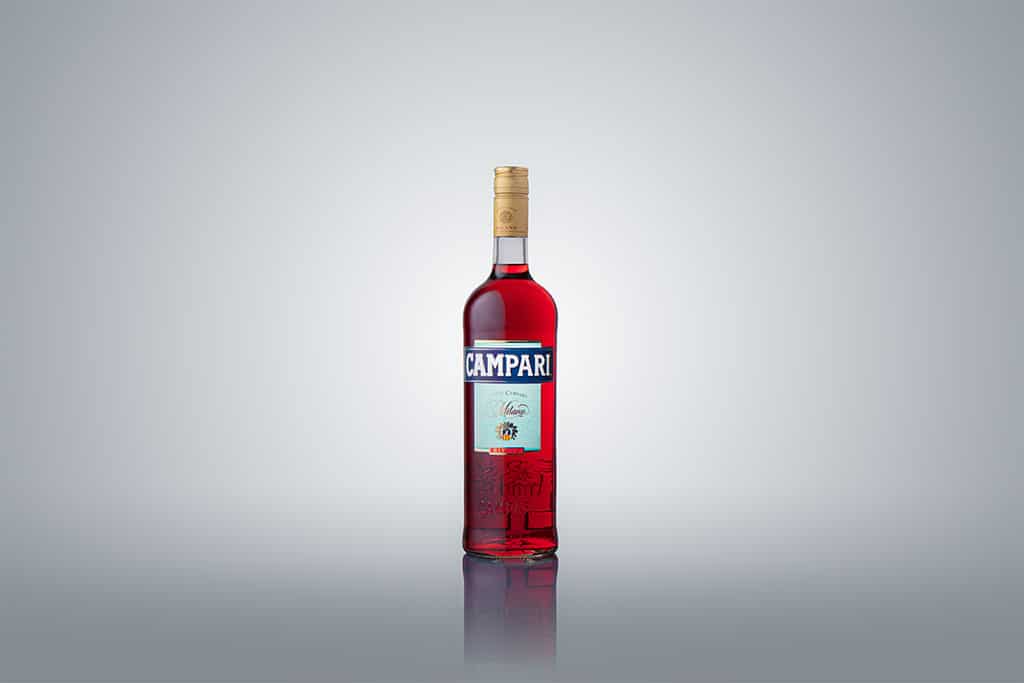
As a lover of Italian culture and cuisine, I have always been intrigued by Campari, the classic Italian aperitif. The bold red color and bitter taste may be intimidating to some, but once you learn about its history, ingredients, and serving suggestions, you’ll be eager to add it to your bar cart. In this guide, I’ll take you through everything you need to know about Campari, including its origin, taste profile, popular cocktails, food pairings, and even some recipes to try at home.
Campari is a bright red Italian liqueur that is often served as an aperitif before a meal. It was first created in 1860 by Gaspare Campari, a bartender from Novara, Italy. The original recipe, which is still a closely guarded secret, includes a blend of herbs and spices. However, it is known that Campari is made with bitter orange peel, rhubarb, ginseng, and a variety of other botanicals.
Gaspare Campari opened his first bar in Milan in 1847, where he began experimenting with different recipes for liqueurs and aperitifs. In 1860, he created the recipe for Campari, which quickly gained popularity throughout Italy. Campari’s success allowed Gaspare to expand his business, and by the turn of the century, Campari was being sold in bars and restaurants throughout Europe and the United States.
Campari is made with a blend of herbs, spices, and other botanicals, which are steeped in a neutral spirit for several days. After the infusion is complete, the liquid is filtered and sweetened with sugar. The final product has a bright red color and a bitter taste.
Campari has a distinct bitter taste, which can be an acquired taste for some. However, it is this bitterness that makes it such a versatile ingredient in cocktails and food pairings. When served neat or on the rocks, Campari has a bold, slightly sweet flavor, followed by a bitter finish. It can also be mixed with soda water or tonic to create a refreshing, low-alcohol beverage.
Campari is a popular ingredient in many classic cocktails, including the Negroni, Americano, and Campari Spritz. The Negroni is a simple cocktail made with equal parts gin, Campari, and sweet vermouth. The Americano is a lighter cocktail made with Campari, sweet vermouth, and soda water. The Campari Spritz is a refreshing cocktail made with Prosecco, soda water, and Campari.
Campari’s bitter flavor profile makes it an excellent pairing for rich and savory foods. It pairs particularly well with charcuterie, cheese, and anything with a tomato-based sauce. It can also be used in cooking, where it adds a depth of flavor to marinades and sauces.
If the bitterness of Campari is too strong for your tastes, there are a few alternatives to try. Aperol is a lighter, sweeter version of Campari, which is often used in cocktails like the Aperol Spritz. Cynar is another Italian bitter liqueur that is made with artichokes and has a slightly less bitter flavor than Campari.
Campari is widely available at liquor stores and online retailers. It is also a common ingredient in many bars and restaurants, so you can try it in a cocktail before committing to a bottle.
If you’re looking to experiment with Campari in your home bar, here are a few recipes to try:
Combine all ingredients in a mixing glass with ice. Stir until well chilled. Strain into a rocks glass over ice. Garnish with an orange peel.
Fill a wine glass with ice. Add Prosecco, soda water, and Campari. Stir gently. Garnish with an orange slice.
Fill a highball glass with ice. Add Campari and soda water. Stir gently. Garnish with a lemon wedge.
Campari may be an acquired taste, but it’s worth trying if you’re looking to expand your palate and experiment with new flavors. Its bitter taste makes it a versatile ingredient in cocktails and food pairings, and its bright red color adds a pop of color to any drink. Whether you’re sipping on a Negroni or trying it in a new recipe, Campari is sure to add a unique flavor profile to any drink. So next time you’re looking for a new ingredient to add to your home bar, give Campari a try.